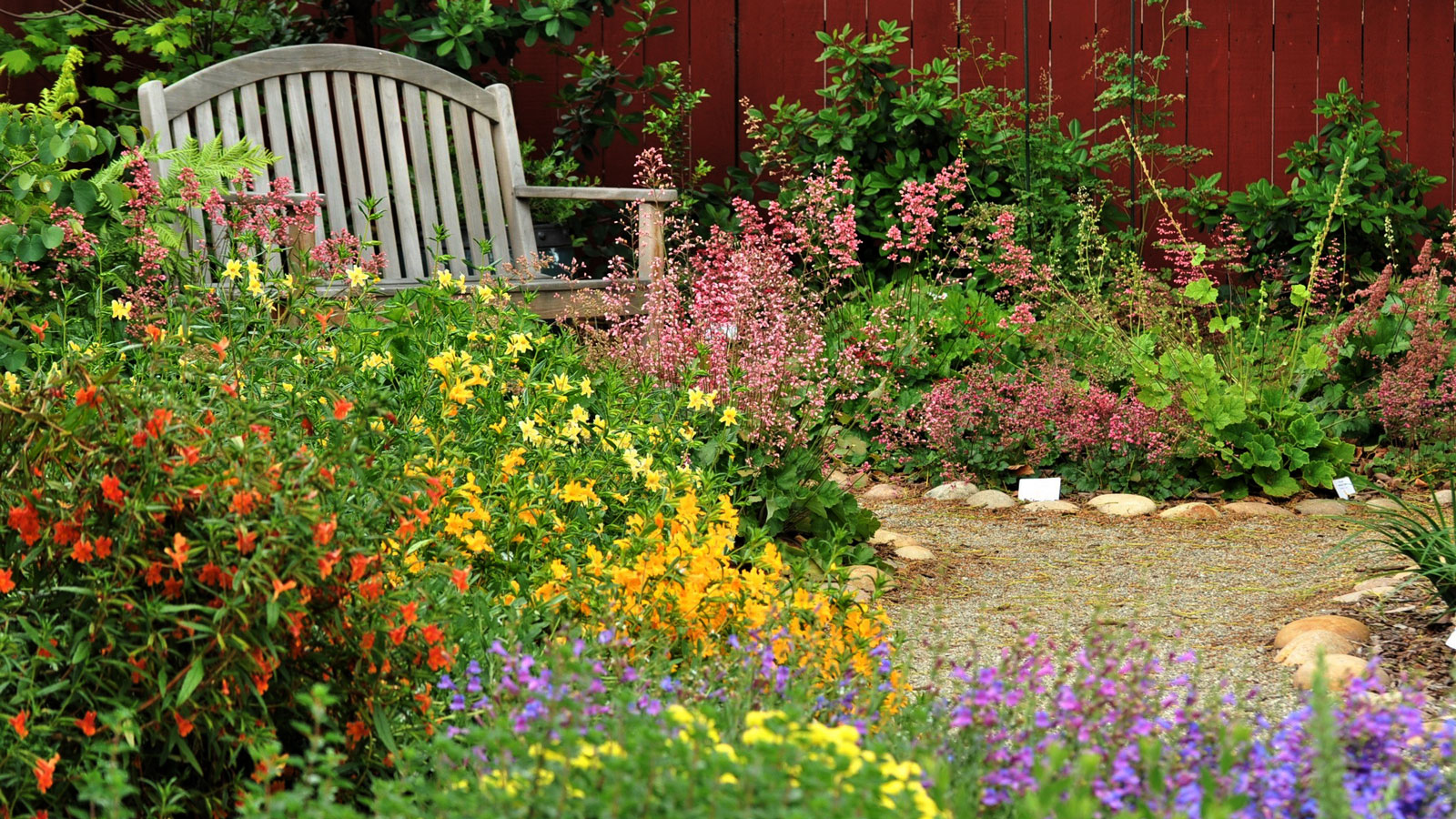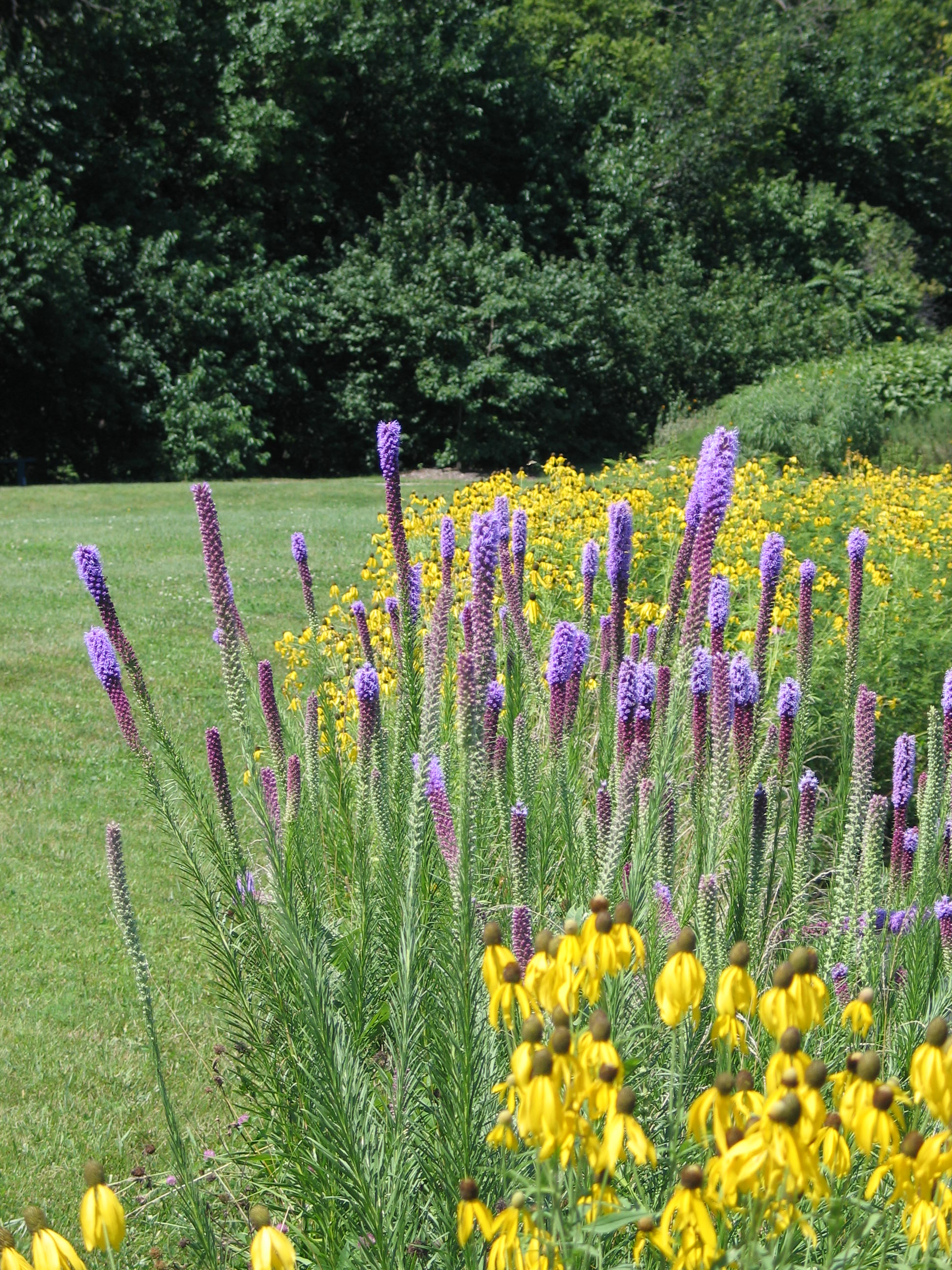How to Plant a Pollinator-Friendly Garden

Imagine stepping into a garden buzzing with life—bees humming, butterflies fluttering, and birds chirping. This isn't just a dream; it's a reality you can create by planting a pollinator-friendly garden. With the right plants and a little know-how, you can transform your outdoor space into a thriving wildlife garden that supports beneficial insects and contributes to sustainable gardening. Let's dive in and explore how to plant a pollinator-friendly garden that will make your backyard a haven for nature's pollinators.
Understanding the Importance of Pollinators
Pollinators are the unsung heroes of our ecosystem. From bees and butterflies to hummingbirds and bats, these creatures play a crucial role in the reproduction of plants. Without them, many of the fruits, vegetables, and flowers we enjoy would cease to exist. By creating a pollinator habitat in your garden, you're not only beautifying your space but also contributing to the health of our planet.
Choosing the Right Plants
Native Plants: The Foundation of Your Pollinator Garden
When it comes to planting a pollinator-friendly garden, native plants are your best bet. These plants have evolved alongside local pollinators, making them perfectly suited to support the wildlife in your area. Native plants are also more resilient to local weather conditions and require less water and maintenance, making them an excellent choice for sustainable gardening.
Some popular native plants include:
- Milkweed: Essential for monarch butterflies.
- Coneflowers: Attract a variety of bees and butterflies.
- Black-Eyed Susans: Provide nectar for bees and seeds for birds.
Diversity is Key
Just like a diverse diet is good for us, a diverse range of plants is good for pollinators. Aim to include a variety of flower shapes, sizes, and colors to attract different types of pollinators. For example, bees are attracted to blue, purple, and yellow flowers, while hummingbirds prefer red and orange blooms.
Blooming Throughout the Seasons
To ensure a continuous food source for pollinators, plant a mix of flowers that bloom at different times of the year. Early spring bloomers like crocuses and daffodils can provide nectar when food is scarce, while late-season bloomers like asters and goldenrods offer sustenance as winter approaches.
Creating a Pollinator Habitat
Providing Shelter and Water
Pollinators need more than just food; they also need shelter and water. Incorporate elements like birdhouses, bee hotels, and butterfly boxes to provide safe havens for these creatures. A shallow dish or birdbath filled with water can serve as a drinking spot for thirsty pollinators.
Avoiding Pesticides
Pesticides can be harmful to pollinators, so it's best to avoid them in your garden. Instead, opt for natural pest control methods like introducing beneficial insects or using organic solutions. By keeping your garden chemical-free, you're creating a safe environment for pollinators to thrive.
Designing Your Pollinator Garden
Layout and Design
When designing your pollinator garden, think about creating clusters of plants rather than scattering them throughout your yard. This makes it easier for pollinators to find and feed on the flowers. You can also incorporate different heights and textures to make your garden visually appealing.
Incorporating Other Elements
In addition to flowers, consider adding other elements that can enhance your pollinator garden. For example, a small pond or water feature can attract dragonflies and other water-loving creatures. Rocks and logs can provide hiding spots for beetles and other beneficial insects.
Maintaining Your Pollinator Garden
Regular Maintenance
Regular maintenance is key to keeping your pollinator garden healthy and thriving. This includes tasks like weeding, pruning, and watering. However, be mindful of when you perform these tasks to avoid disturbing pollinators. For example, avoid pruning during peak blooming times.
Observing and Enjoying
One of the best parts of having a pollinator garden is the opportunity to observe and enjoy the wildlife it attracts. Take time to sit back and watch the bees, butterflies, and birds that visit your garden. You might even learn something new about these fascinating creatures.
Conclusion
Planting a pollinator-friendly garden is not only a rewarding hobby but also a meaningful way to contribute to the health of our ecosystem. By choosing native plants, creating a diverse habitat, and avoiding pesticides, you can transform your outdoor space into a thriving wildlife garden. So, why wait? Start planning your pollinator garden today and watch as your backyard comes alive with the beauty of nature.
FAQs
What are the benefits of planting a pollinator-friendly garden?
- A pollinator-friendly garden supports local wildlife, promotes biodiversity, and contributes to the health of our ecosystem. It also enhances the beauty of your outdoor space and provides a rewarding hobby.
How do I choose the right plants for my pollinator garden?
- Focus on native plants that are well-suited to your local climate and pollinators. Aim for a diverse range of flowers that bloom at different times of the year to provide a continuous food source.
Why is it important to avoid pesticides in my garden?
- Pesticides can be harmful to pollinators, disrupting their natural behaviors and even causing death. By avoiding pesticides, you create a safe environment for these beneficial creatures.
What other elements can I include in my pollinator garden?
- In addition to flowers, you can include birdhouses, bee hotels, water features, and natural shelters like rocks and logs to enhance your pollinator garden.
How often should I maintain my pollinator garden?
- Regular maintenance is important, but be mindful of when you perform tasks to avoid disturbing pollinators. Aim for a balance between keeping your garden healthy and allowing nature to take its course.


0 Response to "How to Plant a Pollinator-Friendly Garden"
Post a Comment